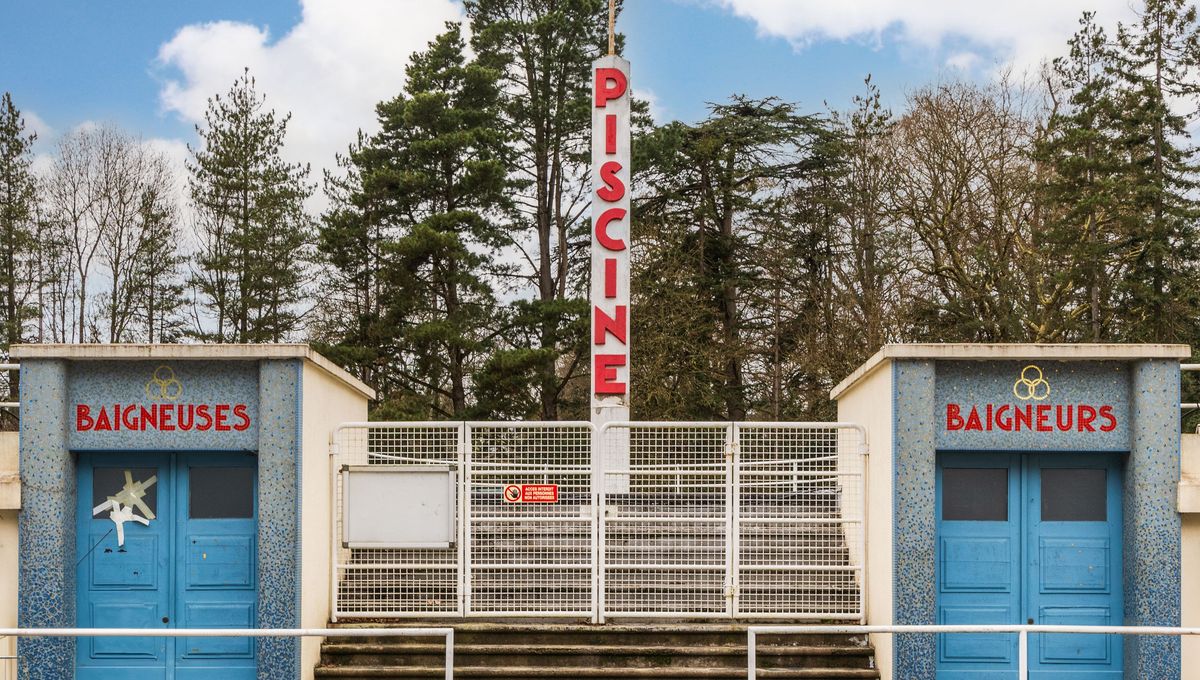Cassis Blackcurrant: From Berry To Bottle

Table of Contents
Cultivating the Perfect Blackcurrant for Cassis
The quality of Cassis begins long before the distillation process; it starts in the field with the cultivation of the perfect blackcurrants. Choosing the right variety and employing sustainable farming practices are crucial for producing high-quality Cassis liqueur.
Choosing the Right Variety
Specific blackcurrant varieties are paramount for creating exceptional Cassis. The ideal variety possesses high anthocyanin content, responsible for the deep, rich color and intense flavor, along with a desirable aroma profile.
- Noir de Bourgogne: This variety is widely considered a classic, prized for its intense fruitiness and dark color.
- Ben Nevis: Known for its high yield and excellent flavor, Ben Nevis is another popular choice among Cassis producers.
- Ben Lomond: This variety is valued for its robust aroma and its ability to withstand various climate conditions.
The terroir also plays a vital role. Optimal growth requires well-drained soil, a cool climate, and sufficient sunlight. These conditions contribute to the development of complex flavors and aromas within the berries.
Sustainable Farming Practices
Increasingly, Cassis producers are embracing sustainable and organic farming methods. These environmentally friendly practices not only protect the environment but also contribute to the superior quality and taste of the final product.
- Reduced Pesticide Use: Minimizing pesticide application protects biodiversity and ensures the berries are free from harmful chemicals.
- Water Conservation: Efficient irrigation techniques help preserve water resources and maintain optimal soil moisture.
- Organic Farming Certification: Many producers seek organic certification, guaranteeing the absence of synthetic pesticides and fertilizers.
These practices ensure that the blackcurrants used in Cassis production are of the highest quality, free from harmful chemicals, and grown with respect for the environment.
Harvesting and Processing the Blackcurrants
Once the blackcurrants have reached peak ripeness, the harvesting and processing stages are critical in preserving their delicate flavors and aromas.
The Harvest
The optimal time for harvesting blackcurrants for Cassis is crucial. Berries should be fully ripe, displaying a deep, dark color and a slightly soft texture. The timing depends on the specific variety and the climatic conditions.
- Hand-picking: Traditional hand-picking ensures careful selection of only the finest berries, minimizing damage.
- Mechanical Harvesting: Larger-scale operations often employ mechanical harvesting, but this requires careful calibration to avoid crushing the berries.
Careful handling is essential to prevent damage, as bruised or damaged berries can negatively impact the quality and taste of the final Cassis.
From Berry to Mash
After harvesting, the blackcurrants undergo a series of processes to transform them into a pulp or mash, ready for distillation.
- Crushing: The berries are gently crushed to release their juices.
- Maceration: The crushed berries are macerated, allowing the juices to extract the maximum amount of flavor and aroma compounds. This process can involve the addition of enzymes to aid in extraction.
- Fermentation: This step is crucial in developing the characteristic flavors of Cassis. The naturally occurring yeasts in the berries ferment the sugars, producing alcohol.
The resulting mash forms the base for the distillation process.
Distillation and Aging of Cassis Liqueur
The distillation process is the heart of Cassis production, concentrating the blackcurrant's essence into a potent and flavorful liqueur.
The Distillation Process
Cassis liqueur production typically employs one of two distillation methods:
- Traditional Pot Still Distillation: This method produces a more complex and nuanced flavor profile.
- Column Still Distillation: This method yields a cleaner and more neutral spirit.
The chosen method significantly impacts the final character of the Cassis. Distillation carefully concentrates the aromatic compounds and alcohol, creating a highly flavorful and potent base.
Refining and Aging
After distillation, the Cassis undergoes a refining process to achieve its distinctive characteristics.
- Filtration: This removes any undesirable particles or cloudiness, resulting in a clear and brilliant liqueur.
- Aging (optional): Some producers age their Cassis in oak barrels, adding complexity and depth to the flavor profile. This process is not always employed but can enhance the smoothness and complexity.
The aging process, if used, can significantly impact the final product's smoothness and complexity, adding nuanced notes over time.
Bottling and Enjoying Cassis Blackcurrant
The final stage involves bottling and preparing the Cassis for the consumer.
The Bottling Process
Before reaching the market, Cassis undergoes stringent quality control measures to ensure consistency and high standards.
- Quality Control: Samples are tested for alcohol content, flavor profile, and clarity.
- Labeling and Packaging: The bottles are labeled and packaged according to regulations and brand identity.
Different bottle sizes are available, catering to various preferences and consumption needs.
Serving Suggestions
Cassis blackcurrant is incredibly versatile and can be enjoyed in a variety of ways.
- Kir Royale: A classic cocktail, made by mixing Cassis with Champagne or Crémant.
- Cassis and Soda: A refreshing and simple drink made with Cassis and sparkling water or soda.
- Neat: Many connoisseurs appreciate the complexity and intensity of Cassis enjoyed straight.
Its rich flavor also pairs beautifully with desserts, particularly those featuring berries or chocolate.
Conclusion
The journey of Cassis blackcurrant, from berry to bottle, is a testament to the dedication and artistry involved in creating this exceptional liqueur. From sustainable farming practices to meticulous distillation and aging, each step contributes to the distinctive character and exquisite taste of Cassis. By understanding this process, we can better appreciate the complexity and quality of this beloved beverage. So, next time you savor a glass of Cassis blackcurrant, take a moment to reflect on the remarkable journey it has undertaken! Explore the world of Cassis blackcurrant and discover your new favorite drink!

Featured Posts
-
 Voyage En Petite Italie De L Ouest Le Charme De L Architecture Toscane
May 22, 2025
Voyage En Petite Italie De L Ouest Le Charme De L Architecture Toscane
May 22, 2025 -
 Cassis Blackcurrant Uses In Cocktails And Cuisine
May 22, 2025
Cassis Blackcurrant Uses In Cocktails And Cuisine
May 22, 2025 -
 Le Theatre Tivoli A Clisson Un Apercu En Images Apres Sa Selection Au Loto Du Patrimoine 2025
May 22, 2025
Le Theatre Tivoli A Clisson Un Apercu En Images Apres Sa Selection Au Loto Du Patrimoine 2025
May 22, 2025 -
 Young Louth Food Entrepreneur Shares Business Expertise
May 22, 2025
Young Louth Food Entrepreneur Shares Business Expertise
May 22, 2025 -
 Effectief Verkoop Van Abn Amro Kamerbrief Certificaten
May 22, 2025
Effectief Verkoop Van Abn Amro Kamerbrief Certificaten
May 22, 2025
Latest Posts
-
 Blue Origin Scraps Rocket Launch Due To Technical Glitch
May 22, 2025
Blue Origin Scraps Rocket Launch Due To Technical Glitch
May 22, 2025 -
 Antiques Roadshow National Treasure Appraisal Leads To Arrest Of Couple For Trafficking
May 22, 2025
Antiques Roadshow National Treasure Appraisal Leads To Arrest Of Couple For Trafficking
May 22, 2025 -
 Antiques Roadshow Stolen Artifacts Result In Couples Arrest
May 22, 2025
Antiques Roadshow Stolen Artifacts Result In Couples Arrest
May 22, 2025 -
 National Treasure Trafficking Antiques Roadshow Episode Results In Arrests
May 22, 2025
National Treasure Trafficking Antiques Roadshow Episode Results In Arrests
May 22, 2025 -
 Antiques Roadshow Leads To Jail Time For Couple With Stolen Items
May 22, 2025
Antiques Roadshow Leads To Jail Time For Couple With Stolen Items
May 22, 2025
